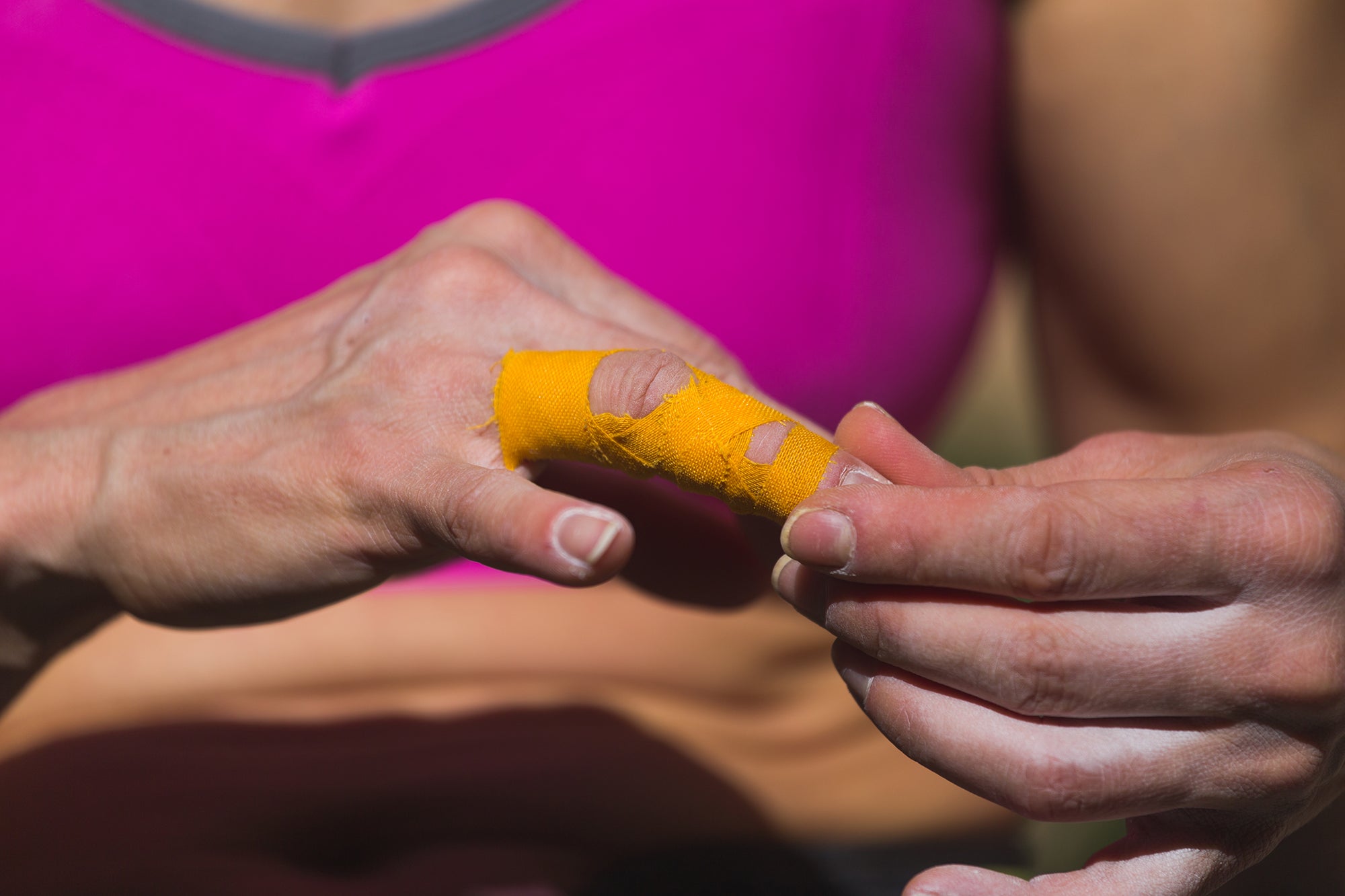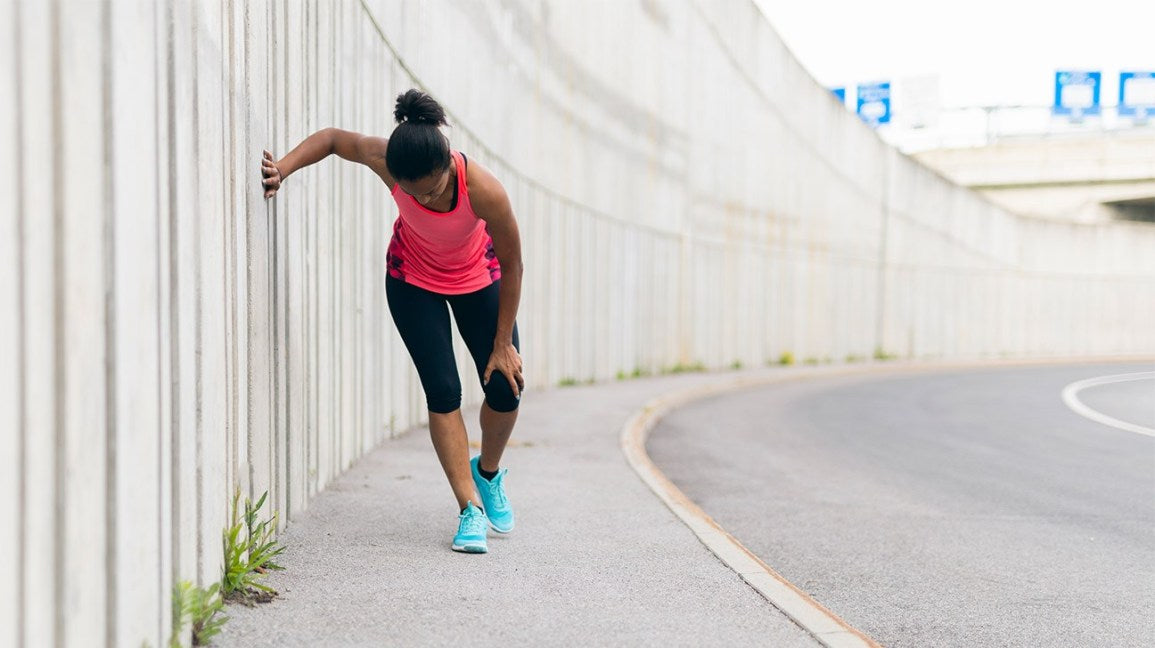We all know that physical activity is essential for maintaining a healthy lifestyle. Engaging in regular exercise helps strengthen our muscles, improve cardiovascular health, and boost our overall well-being. However, the consequences of physical inactivity extend far beyond just our physical fitness. Leading a sedentary lifestyle can harm different body parts, from head to toe. Let's take a closer look at how physical inactivity can affect various areas of our bodies.
- Brain
Physical activity has been proven to enhance cognitive function, memory, and overall brain health. Conversely, a lack of exercise can contribute to a decline in cognitive abilities and increase the risk of mental health issues such as depression and anxiety.
- Neck and Shoulders
Sitting for extended periods, commonly associated with a sedentary lifestyle, can lead to poor posture and strained neck and shoulder muscles. The constant strain on these muscles can result in chronic pain and discomfort.
- Back
Physical inactivity often leads to the weakening of the back muscles, which in turn can result in back pain and an increased risk of spinal injuries. Lack of movement and exercise weaken the core muscles responsible for supporting the spine, causing instability and poor posture.
- Heart
Physical inactivity is a leading risk factor for cardiovascular disease. A sedentary lifestyle, on the other hand, weakens the heart muscle and increases the risk of developing heart disease.
- Lungs
Lack of physical activity can lead to respiratory issues. Prolonged inactivity can weaken the lung muscles and decrease lung capacity, making it harder to breathe and increasing the risk of respiratory diseases like asthma or chronic obstructive pulmonary disease (COPD).
- Muscles and Joints
Our muscles and joints thrive on movement. Physical inactivity can lead to muscle atrophy, decreased flexibility, joint stiffness, and an increased risk of musculoskeletal issues such as osteoporosis and arthritis.
- Overall Well-being
Leading a sedentary lifestyle can negatively impact our mental health. A lack of physical activity can contribute to feelings of anxiety, depression, and a decreased quality of life.
Countering the Effects of Physical Inactivity
Although the negative effects of physical inactivity on different parts of our bodies may seem daunting, there are some effective ways to combat them and improve our overall physical health:
- Regular exercise
It helps with weight control, heart health, muscle strength, and flexibility, and provides more energy. Regular exercise also lowers the risk of chronic diseases like heart disease, obesity, and diabetes. It is beneficial for mental well-being, reducing anxiety and depression symptoms, improving mood and sleep, and increasing self-confidence and brain function.
- Stretching
It increases joint and muscle movement, leading to better posture. Stretching before and after exercise warms up and cools down the body, preventing muscle strains and promoting faster recovery. It also reduces muscle soreness and stiffness. Additionally, stretching relieves stress, helps with relaxation, and improves mental well-being.
- Active Breaks
They prevent negative effects of sitting for too long, such as decreased metabolism and muscle stiffness. These breaks help counteract sedentary effects by incorporating physical activity. They also enhance productivity and cognitive function by increasing blood flow to the brain and improving concentration, memory, and problem-solving abilities. Active breaks promote overall health by releasing endorphins and reducing stress levels.
- Ergonomics
Ensure that your work and living environments are structured ergonomically, promoting proper posture and minimizing muscle and joint strain. Invest in ergonomic chairs, as well as massagers for different body regions such as legs, neck, and knees. Additionally, acquire adjustable tables and employ suitable posture techniques while sitting or standing for prolonged durations.
- Maintain a Healthy Weight
The risk of chronic diseases can be reduced by maintaining a healthy weight, which can also enhance physical fitness, improve mobility, and elevate quality of life. Moreover, it has a positive impact on mental health and emotional well-being, while enhancing sleep quality, energy levels, and cognitive function.












3 comments
Marisa Soto
thanks
Floella Flowers
efgwabenthny2a3hj67mkr
Amber
FG3/GNOIWA GWEU0O8IFTEQW
Leave a comment
This site is protected by hCaptcha and the hCaptcha Privacy Policy and Terms of Service apply.